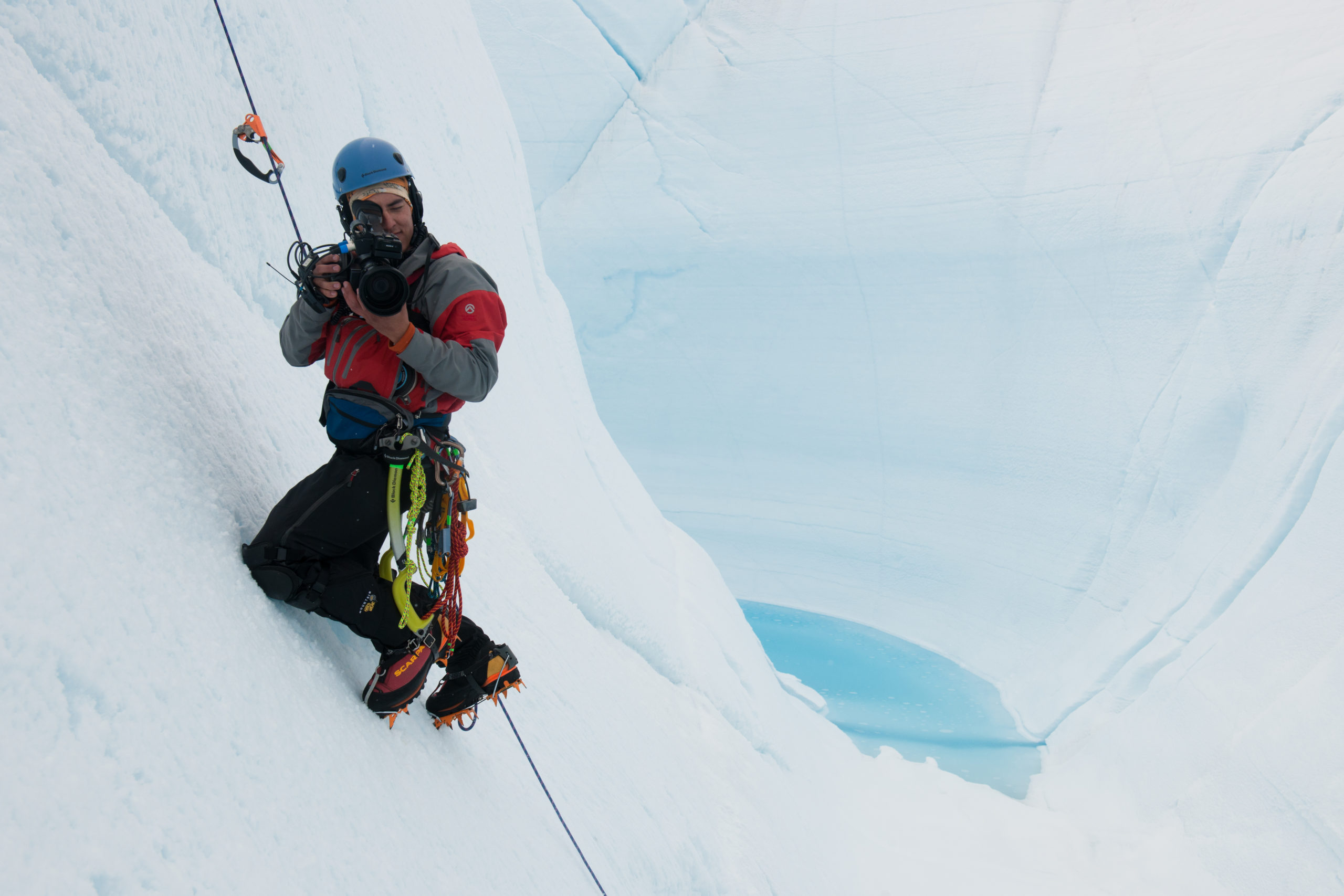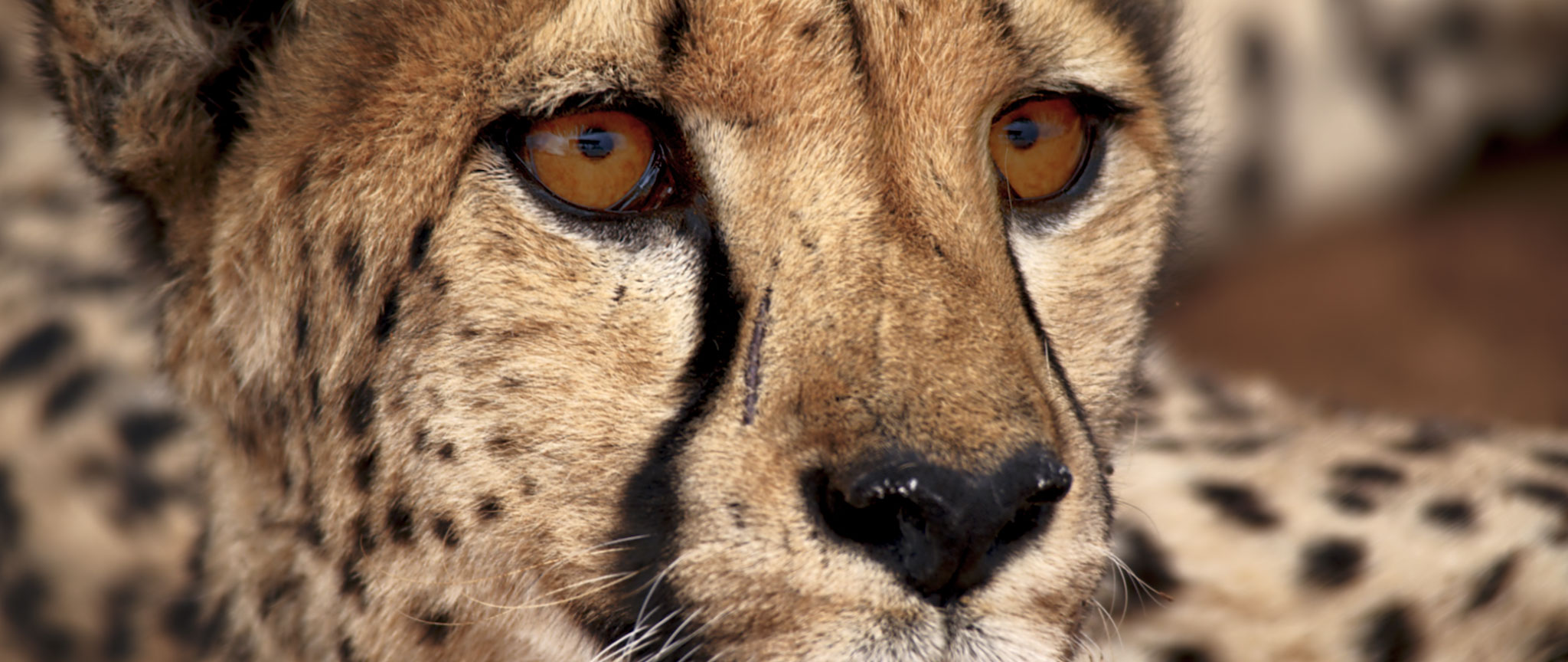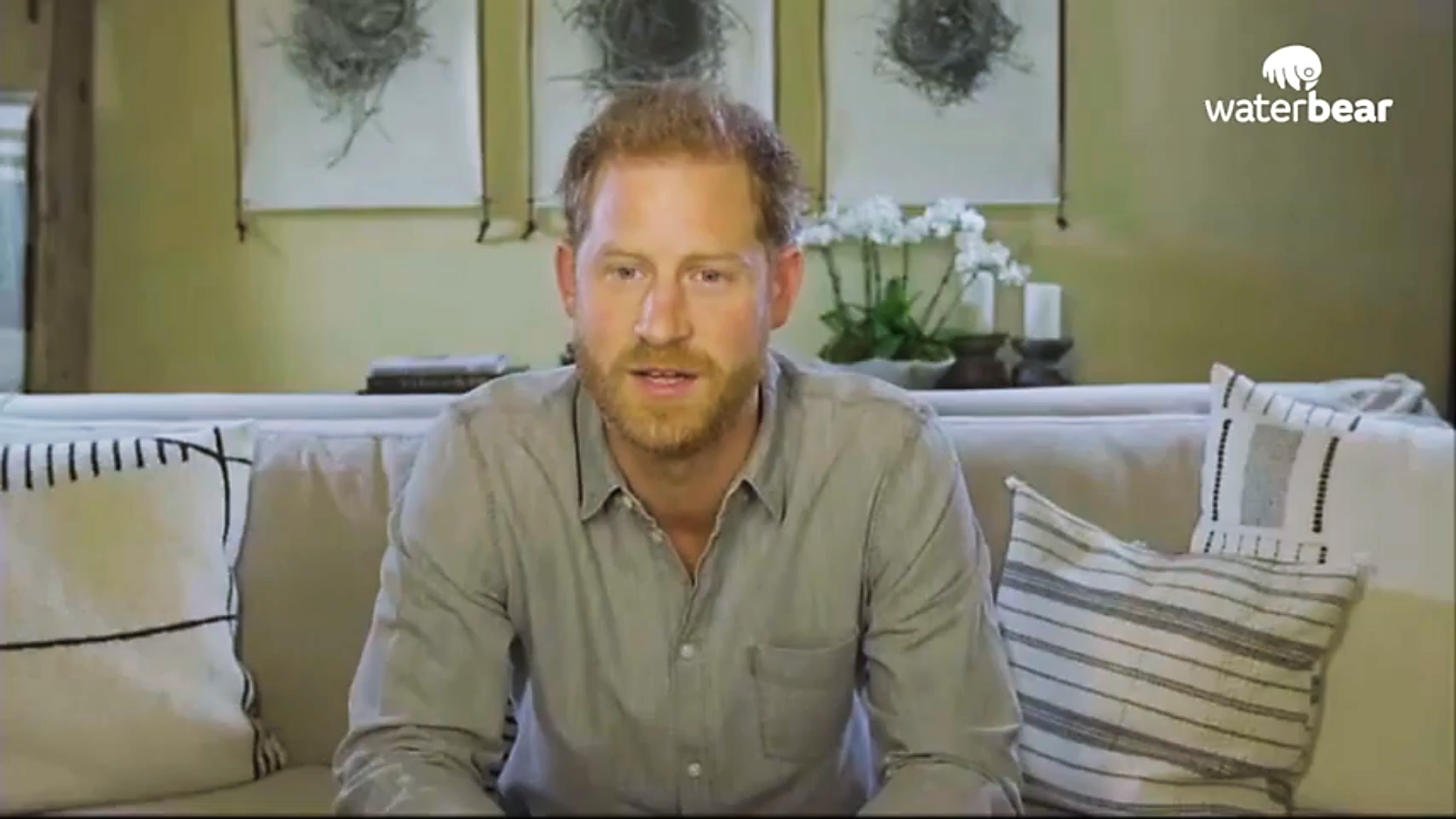What is the WaterBear Network? | Environmental impact of streaming

Posted on May 15, 2021 by Neal Romanek
What is the WaterBear Network? Aiming to create a sustainability revolution out of the environmental impacts of streaming, WaterBear is dedicated to supporting the sustainability goals set by the UN
The water bear – or ‘tardigrade’ for you biology geeks – is famous for being one of the most indestructible creatures on Earth. Water bears can survive radiation and the vacuum of space, temperatures near absolute zero or hot as an oven, and they can go without food or water for decades. They live in every biome on the planet, and they’re also kinda cute – depending on who you ask.
So what better mascot could there be for a streaming network that’s taking on the crisis that is pushing the natural world to the brink?
What is the WaterBear Network?
The WaterBear Network is a new free subscription streaming service that is dedicated to supporting the Sustainable Development Goals set down by the UN. Aiming to expose and lower the environmental impacts of streaming, WaterBear provides inspirational content that is designed to facilitate action through its content partners, primarily NGOs working to achieve sustainability and global justice. Partners include GreenPeace, Lonely Whale, Sea Shepherd, Amazon Watch, Circle Economy, Jane Goodall Institute and African Parks and each partner NGO showcases its messaging on its own channel within the WaterBear platform.
Victor Edward Eckard, managing director of WaterBear, had a long career as a broadcast television executive in Africa before launching the South African SVOD service Showmax. When the Showmax team moved to the Netherlands at the behest of parent company Naspers, he met WaterBear CEO-to-be Ellen Windemuth, who told him all about her vision for a VOD service devoted to sustainability.
Windemuth had been working as a long-term producer of feature nature documentaries for major broadcasters, as well as founding her own factual content company, Off The Fence.
“Ellen had this idea: what if, while you watch content, you could ‘watch yourself green’,” recalls Eckard. “What would that look like? She had been thinking a lot about it and at that time the technology was not yet available. The concept of OTT services was just starting.”
‘Audacious dream’
As a natural history producer, Windemuth was seeing amazing stories that never made the final cut. She wondered if there could be a platform telling these stories outside of the constraints of traditional broadcast formats, which would focus on the environmental impact of streaming, as well as sustainability.
“It was an audacious dream, but super-doable,” says Eckard. “We went on a journey of building a business case. We settled on the idea of a free service, with a revenue model based on integrated sponsorships with brands who pursue this transformation journey and want to tell stories about more sustainable supply chains and products.”
It’s about creating and sharing stories of hope and inspiration and allowing people, when they’re inspired, to make a difference

Finding the balance between getting the message out and running a business has required careful planning. WaterBear’s free-to-view model took some brainstorming before it was eventually settled on.
“We finally felt in our heart of hearts that WaterBear should be something that’s free,” explains Eckard. “We don’t want it to be accessed by just a small group of people. We thought if we made it open for everyone to have access and become informed, we’d be more true to our vision. But that complicates the business model a lot. It wasn’t easy an easy choice to make.”
One of the advantages that a free service does provide is the opportunity to open up in more territories. All the content rights WaterBear acquires are non-exclusive, so from a content rights perspective, the platform has a lot of barriers removed in terms of cost and the ability to rollout on a large scale.
“That whole journey took us some time,” continues Eckard. “You start off thinking, SVOD is the way to go, but so many of those services struggle to prevent churn and spend so much time trying to convince people to keep paying. For niche services, that’s a very difficult thing to maintain.”
Another part of the WaterBear content business will be built around pay-per-view live events, which will start this spring as the company begins to introduce TVOD content. The network will also earn revenue through supporting sustainable brands through referrals, including travel packages for “purpose-driven travel”.
“It’s about creating and sharing stories of hope and inspiration and allowing people, when they’re inspired, to make a difference,” says Eckard.
Taking action
The WaterBear Network, which officially launched last autumn, was joined by a surprise guest at the launch event: Harry Windsor, the Duke of Sussex, who heads the African Parks charity, a WaterBear partner.
“We have to be careful to find a way to uplift and inspire in that education awareness,” he told Windemuth, in a video conversation, referring to WaterBear’s mission. “But you can’t educate, uplift and inspire unless there is a form of action that follows. And that, I think, is the key – which is why WaterBear is so important.”
Building and fostering relationships with partner NGOs is the responsibility of WaterBear’s head of impact, Lisa Rose. Just as a network would curate content from different distributors to match its brand and business plans, Rose curates NGOs and the work that they do, aiming to find opportunities for those doing good work to showcase in a way they can’t anywhere else. And, ultimately, for WaterBear viewers to take action to support that work.
We finally felt in our heart of hearts that WaterBear should be something that’s free

The NGOs go through a vetting process, which includes querying the goals and operation of the NGOs, as well as the content that they are creating and putting forward. Each partner gets its own page on the website, through which WaterBear subscribers can engage with them.
One of the goals for these NGOs is to break out of the environmentalist echo chamber and reach out to a wider younger audience, who care deeply about the issues that are being raised, but who are not connecting directly with the NGO missions.
Dose of inspiration
Content on the platform comes in a wide variety of formats from documentary series, to feature films to short-form content at three, five or ten minutes. The bulk of this is provided by the NGO partners at present, but WaterBear is also producing its own original content.
One of its first series forays is The Bear Hug, an interview series hosted by WaterBear head of strategy, Sam Sutaria. Guests have included climate activist and filmmaker Jack Harries and Game of Thrones actress, activist and filmmaker Maisie Willaims. The podcast-style interviews give WaterBear subscribers a dose of inspiration, with top tips on sustainability, as well as guest recommendations of content to watch out for on WaterBear.
Another WaterBear original is Not A Pet, which focuses on the illegal wildlife pet trade, and the role social media plays in the exploitation and trafficking of exotic animals, including cheetahs, tigers, birds, apes, reptiles and amphibians, which will be accompanied by an awareness campaign. Other content includes fascinating shorts like Africa’s Hidden Seaforest, which will drive home the conservation message of an NGO partner in a shareable format that’s easy to engage with.

Tech for the future
WaterBear’s remit is to promote awareness and environmental restoration through all the platforms available to it. Working with its partners, the company is also rolling out a variety of campaigns to engage people in these issues worldwide.
These both serve as a means of promoting WaterBear partners as well as helping to build the WaterBear brand itself.
The company started with the launch of its ‘New Era of Action’ programme, which will span all of 2021. It will aim to provide clear steps for action WaterBear members can take, and will include a global script writing competition to drive youth awareness and impact campaigns with global and grassroots NGOs.
To get its content as interactive as possible, WaterBear has been working with tech company Axonista, which specialises in e-commerce and interactive video. Axonista also provides interactive content tools for QVC, the Home Shopping Network and Oxfam and powers interactive overlays, which allow viewers to take action directly on the screen while watching content.
The company is using Vimeo as its CMS and Akamai is supplying the CDN technology. “Akamai also has really good sustainability credentials,” notes Eckard. “They’re one of the leaders in that space.”
The key takeaway from all of this is that no matter how bad the environmental crisis gets for the planet, the indestructible water bear (or tardigrade) will survive it. Whether human beings will, however, remains an open question. That’s why WaterBear and its partners – with our input – could make all the difference.
“Our content collection is not the same as Discovery’s or National Geographic or Netflix. We’re not competing with those services,” says Eckard. “We just see ourselves as a place for people who care about the future of the planet.”
This first featured in the Spring 2021 issue of FEED magazine.











